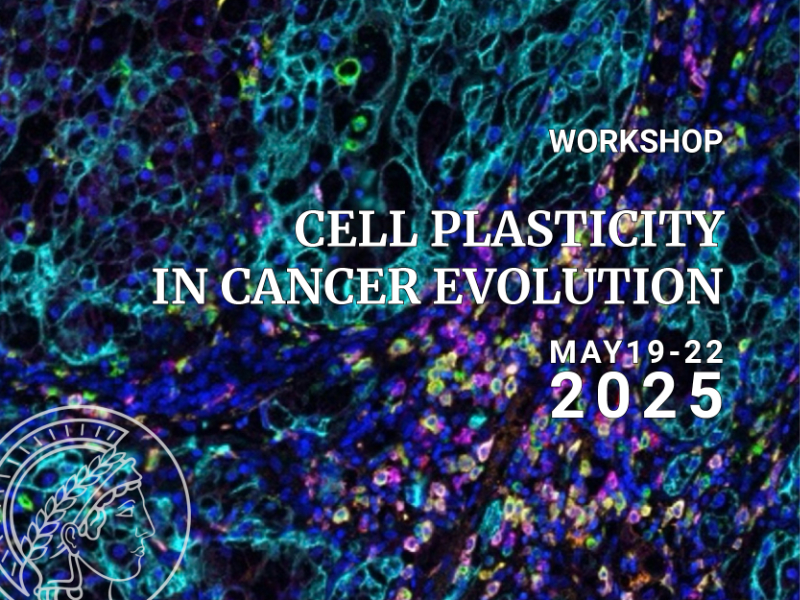Speaker
Description
Micronenvironmental signals play an important role in controlling cell
phenotypes. A complex network of interactions, both between a cell and
its environment as well as within a cell, govern cell development
processes. Mathematical models can contribute to our understanding of
such processes and support experimental design by generating testable
hypotheses. In this talk, I highlight the use of rather abstract,
so-called logical models that capture systems' mechanisms and behavior
only qualitatively. They still can be highly effective in capturing how
extracellular signals influence cell phenotypes and in identifying
intervention targets in the context of therapeutic strategies. Using an
established model of a cellular network underlying
epithelial-to-mesenchymal transition (EMT) focusing on degrees of cell
adhesion, we can assess how microenvironmental signals shape phenotype
plasticity along the EMT continuum. Going further, we can identify drug
intervention targets by employing methods from control theory. The focus
here is to identify key regulators the manipulation of which forces the
systems to adopt a chosen phenotype, or, as often of interest in a
therapeutic context, avoid a specific phenotype. Altogether, the
mathematical analysis suggests a number of hypotheses for targeted
experimental research.

